Exclusive: Voices of drupa 2024 – Mimaki
In this series, Alex Jahanbani, Editor-in-Chief at ME Printer, brings you exclusive, showfloor interviews with industry stalwarts representing some of the major exhibitors at drupa 2024, the world’s largest trade show of printing technologies.

In conversation with Arjen Evertse, General Manager Sales, Mimaki Europe B.V.
Energy consumption plays a big part over the whole range of products, including sign graphics. What is your take on this?
Energy efficiency is a key focus of our equipment R&D. We believe it can lead to a more sustainable approach to printing. In the Sign Graphics market, we consider UV technology to be the most sustainable printing technology. That’s why Mimaki continuously develops UV-curable printing technology and promotes its adoption. Our UV roll-to-roll printers consume 5 times less power compared to solvent printers and 8 times less power compared to resin printers on the market. In fact, with a maximum power consumption of 0.5 kW, our Mimaki UJV100-160Plus offers one of the lowest power consumptions in the market, if not the lowest.
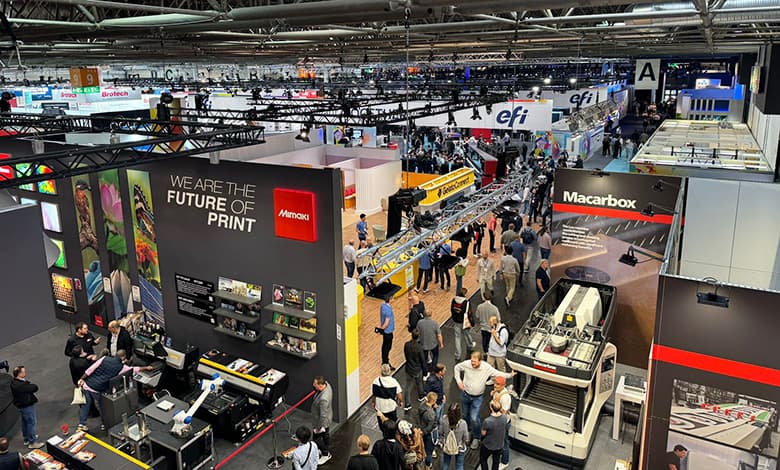
How is Mimaki innovating to promote sustainability in textile printing?
In the textile industry, digital printing itself is naturally more sustainable than traditional printing methods. Digital printing allows for smaller production runs, reducing logistics movements and minimizing waste associated with stockkeeping. It’s also a much cleaner process compared to traditional printing methods.
Furthermore, we are continuously developing innovative solutions to further enhance sustainability in textile printing. Our Neo-Chromato Process, designed specifically for soft signage and interior design, like those prominently featured at drupa, addresses a key sustainability challenge. Many booths at this show use polyester fabrics, which are discarded after the event. Everyone says it’s recycled polyester, but recycled polyester fabrics primarily originate from recycled plastic bottles rather than used polyester fabric itself.
With our Neo-Chromato process, we can extract sublimation dyes from printed polyester, resulting in a clean fabric that can be reused multiple times by sublimating it with new designs. This circular approach promotes sustainability by reducing waste and conserving resources. We’ve got the methodology and the concept, so we are currently working on the machinery. To make it scalable and commercially available, we need equipment to apply this process and handle textiles that need to be reused. We expect this solution to be available in around one to one-and-a-half years. It’s a very big step into making printed textile production more sustainable.
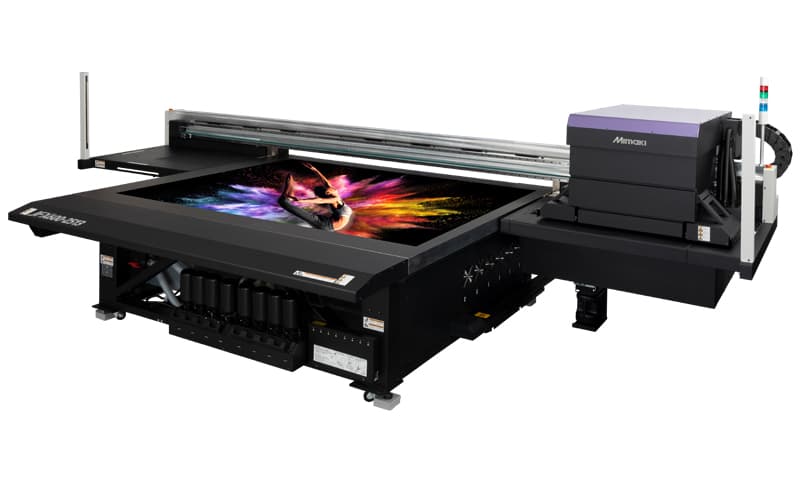
Can you throw more light on your latest machines at drupa: CFX Series and JFX600?
The JFX600 is our high-volume, large-format UV flatbed printer. Initially, we had only one model with a print area of 2.5m x 1.3m, but last March, we launched a new larger model with a print area of 2.5m x 3.1m.
In addition, we introduced the new CFX Series, a range of high-end cutting tables for the sign graphics and packaging industry. What's great about these cutting machines is their modular design, allowing customers to upgrade later on. The smallest model in the series features a cutting table of 2.5m x 1.3m. If a customer needs to handle larger sizes or volumes, they can add one or two additional tables, resulting in a total table size of up to 2.5m x 5m.
The cutting tools are also modular, enabling customers to design or select the toolset according to their business needs and applications.
Is customization a growing trend?
Yes, this trend has been ongoing for several years, and I personally don't think it will disappear anytime soon. Consumers nowadays are very particular; they want something unique and ones that are made especially for them.
This is why we see a lot of online shops and print service providers offering custom t-shirts, textiles, wallpapers, and more. Even outside of the print industry, people increasingly value custom products. Nowadays, if you want to order a shirt, there are many websites where you can enter your measurements to get a customised shirt.
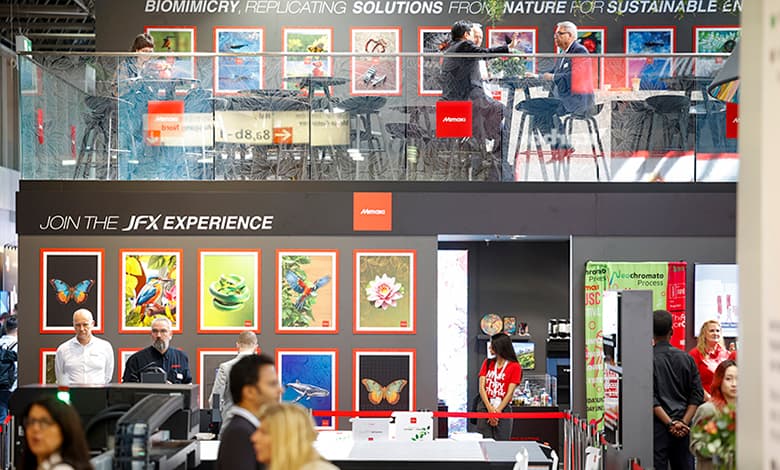
How would you compare DTG and DTF printing? Which do you follow?
We launched our first direct-to-film (DTF) printer in 2023. While direct-to-garment (DTG) printing was very popular, DTF printing has gained significant traction in recent years. DTF printing technology is definitely a viable alternative to DTG. It eliminates the need for pre-treatment and offers advantages such as the ability to print on a wider range of fabrics, including dark-coloured materials. Additionally, DTF can handle larger print runs more efficiently.
There’s still a place for DTG, and it will not disappear. However, at the moment, we are observing a major shift towards DTF.
How has drupa been for Mimaki?
drupa has been quite a good show. It attracts a different audience compared to what we are used to. Not only does the show attract people from the digital printing industry, but it’s also attended by people from the traditional commercial printing market.
We’ve participated in many drupa shows before, with the last one being eight years ago. So, it’s quite exciting to be back and see how the industry has advanced.
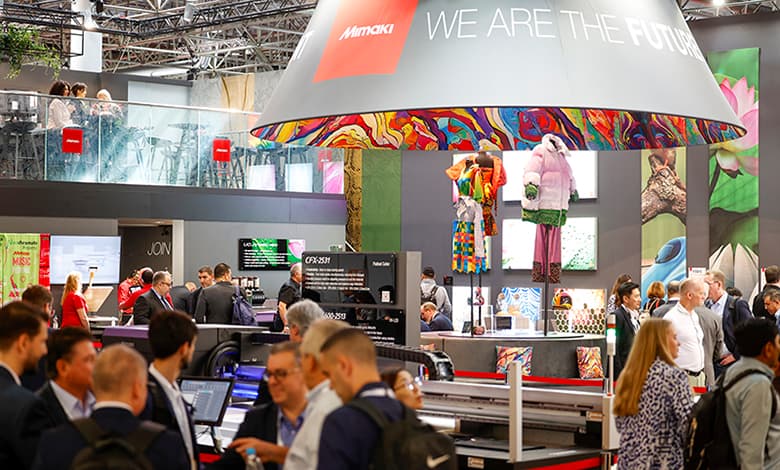
Do you have a different target strategy when participating in drupa as say against FESPA?
There’s a little overlap, but generally speaking, they have different visitor profiles. We meet different companies and thus have different messaging for each show. Here at drupa, one of our goals is to help companies from the traditional commercial print market secure the future of their business. We want them to know that by using our digital inkjet printers, with a relatively small investment, they can expand their business and offer a greater variety of products to their customers.
Why are you integrating robotic arms into your equipment?
We see a demand for it. With the popularity of automation, printers are looking to make their workflows as efficient as possible. Incorporating a robotic arm can be one way to do so, and has the additional benefit of freeing up those, who would be doing those tasks, to be trained up in other areas on the print floor.
Is the Middle East an interesting market?
Very much so. The Middle East is one of the fastest-growing markets for us. The Emirates is a hub with a lot of business activity, and Saudi Arabia also invests heavily and offers many print opportunities. Additionally, countries like Iraq have experienced significant growth in recent years.
We have many established partners in the region and products specifically tailored for this market. For example, we offer more affordably-priced special ink ranges to meet local demand, especially in countries where the primary focus is on maintaining existing machines and selling consumables.
Last year, Mimaki Europe was also present at FESPA Middle East, demonstrating the importance of this market to us.


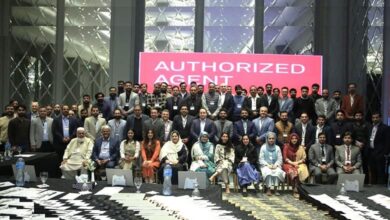
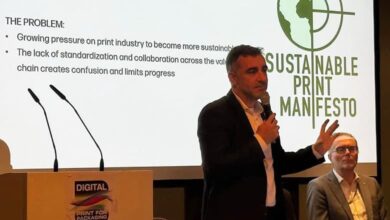
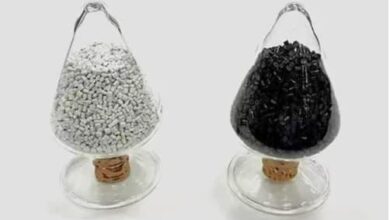

One Comment